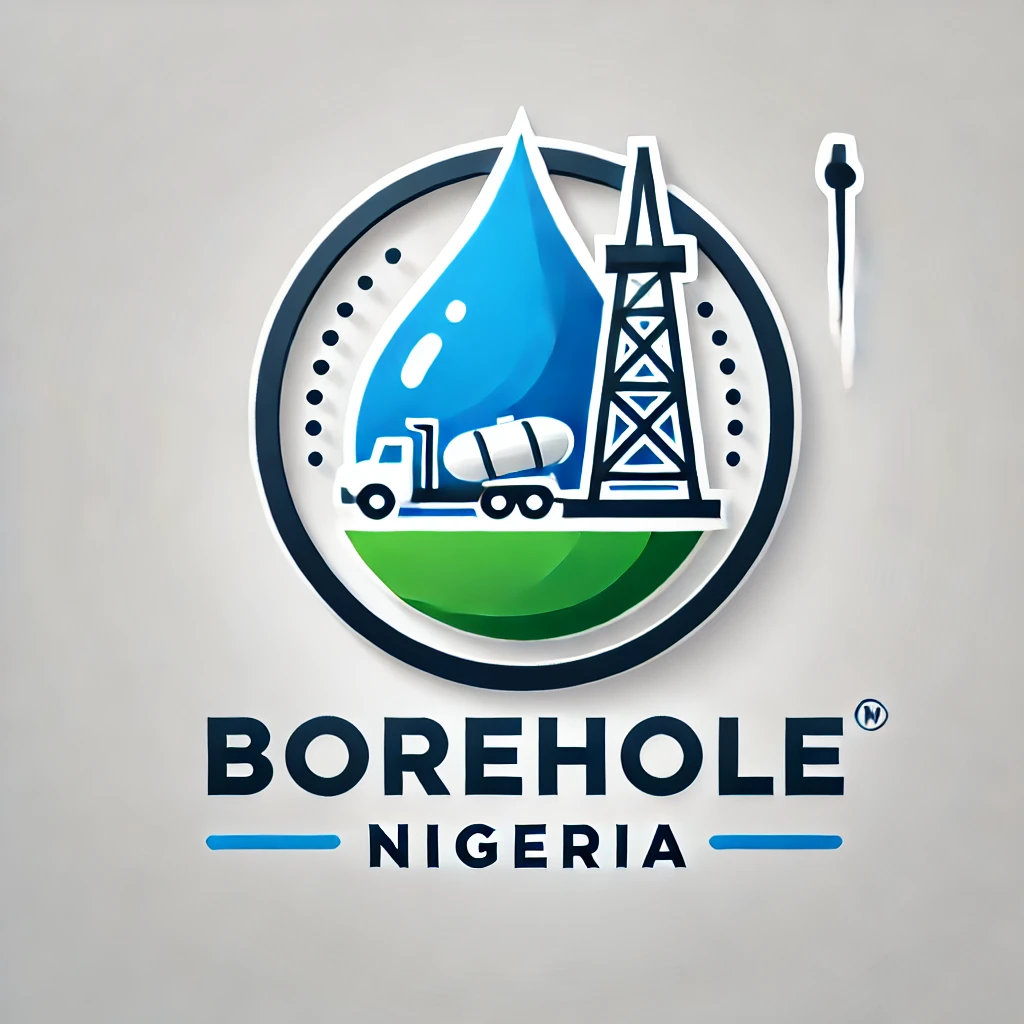The recommended distance between a borehole (used for drinking water or other purposes) and a soakaway (or septic tank) is crucial for maintaining water safety and preventing contamination. Proper distancing helps ensure that wastewater from the soakaway does not seep into the groundwater that supplies the borehole, which could lead to serious health risks.
Recommended Distance Guidelines
- General Rule of Thumb:
- The recommended minimum distance between a borehole and a soakaway is typically 30 meters (100 feet). This distance is widely accepted in many regions and is often stipulated in building and environmental regulations to prevent groundwater contamination.
- Factors Affecting Distance Requirements:
- Soil Type: Sandy or permeable soils allow contaminants to travel faster and further than clay or rocky soils. For sandy soils, a greater distance (sometimes up to 50 meters) may be needed to ensure safety.
- Water Table Depth: A high water table increases the risk of contamination because there is less soil for filtration. In such cases, increasing the distance between the borehole and soakaway is advisable.
- Topography: If the land slopes, positioning the soakaway downhill from the borehole is crucial. Contaminated water tends to flow downhill, so maintaining proper distance can reduce risks.
- Local Regulations: Different regions have specific guidelines based on local environmental conditions and health safety standards. Always consult with local authorities or environmental agencies to comply with these regulations.
- Specific Country Regulations:
- Nigeria: The Federal Ministry of Water Resources and local agencies often recommend a minimum distance of 30 meters between boreholes and soakaways. This guideline is based on ensuring the safety of drinking water supplies.
- United Kingdom: The Environment Agency in the UK also typically recommends a minimum distance of 50 meters for private water supplies in vulnerable areas or regions with high water tables.
- United States: The Environmental Protection Agency (EPA) and state regulations suggest distances ranging from 50 to 100 feet (15 to 30 meters) based on soil conditions and water table depth.
- Practical Considerations:
- Existing Structures: If you are drilling a new borehole or constructing a soakaway near existing structures, ensure that the distance meets the recommended guidelines to avoid future complications or legal issues.
- Regular Water Testing: If you have both a borehole and a soakaway on your property, it’s vital to perform regular water quality testing to detect any potential contamination early.
- Installation Advice:
- Ensure that both systems are properly designed and installed by professionals to prevent leaks or failures that could increase contamination risks.
- It’s best to engage with experts who can assess your property’s specific needs, considering all factors such as soil type, water table, and landscape.
Conclusion
Maintaining the right distance between your borehole and soakaway is essential for protecting your water supply and health. By following the recommended guidelines and considering local regulations, you can prevent contamination risks and ensure safe, clean water for your household or business. If you are unsure about the specific requirements for your property, consult with professionals who specialize in borehole drilling and wastewater management to get a precise evaluation and implementation plan.
